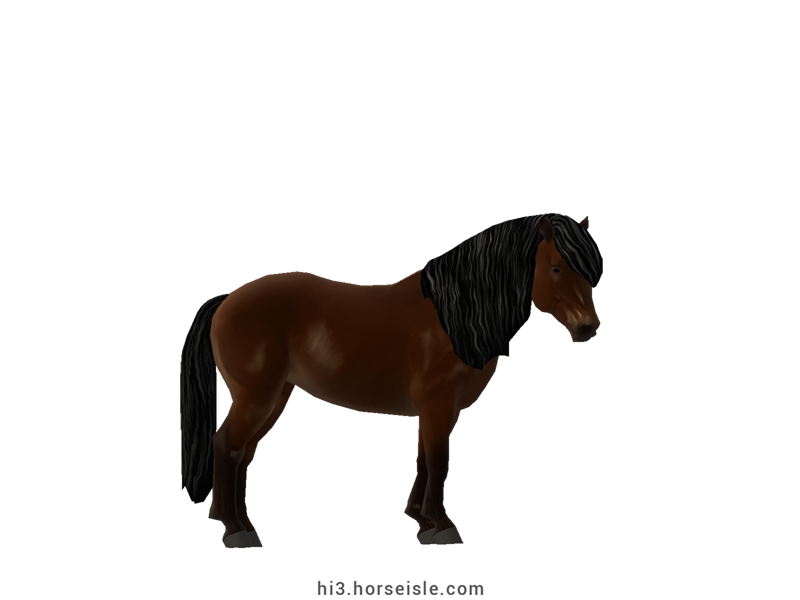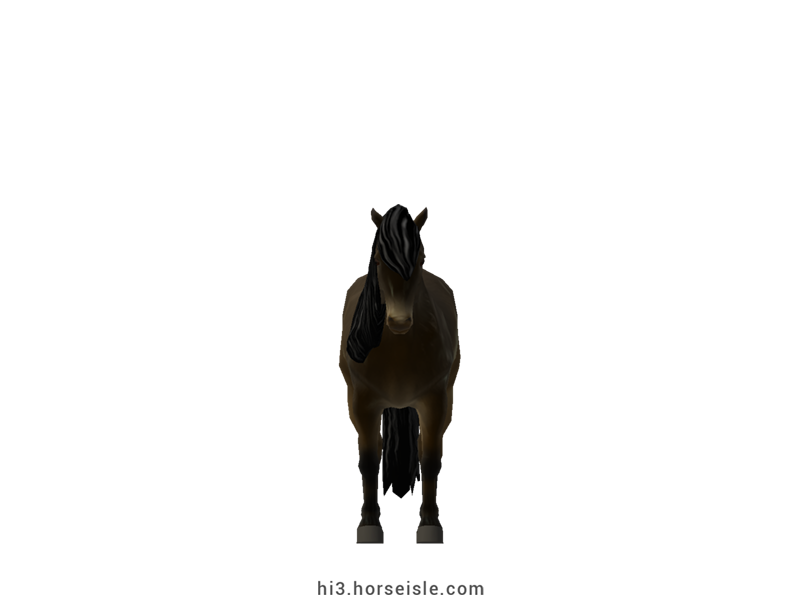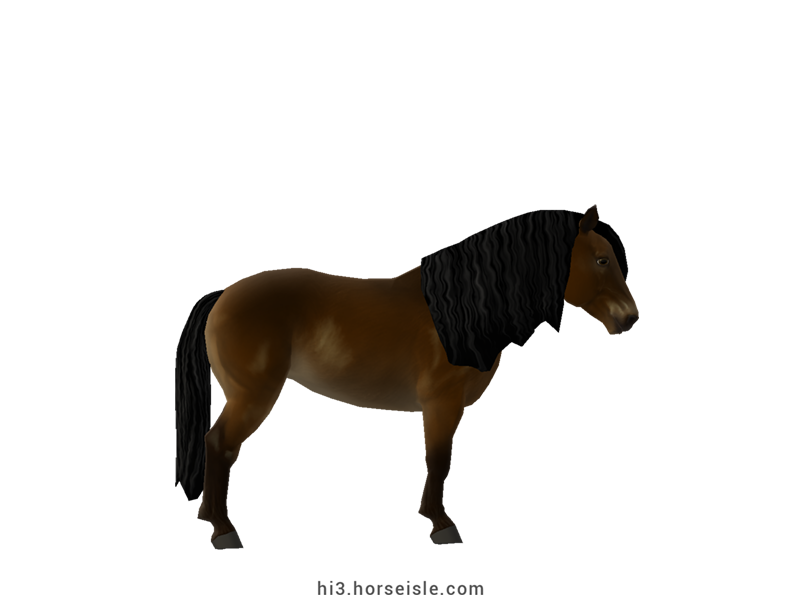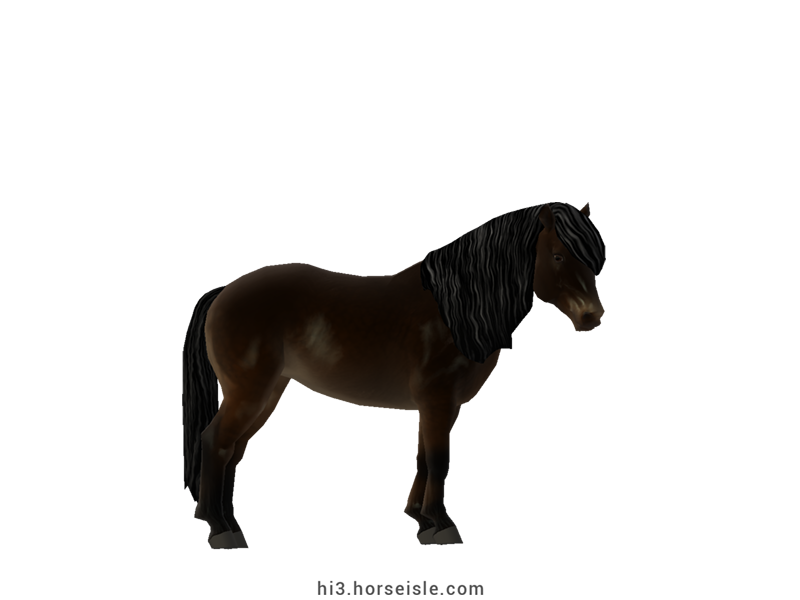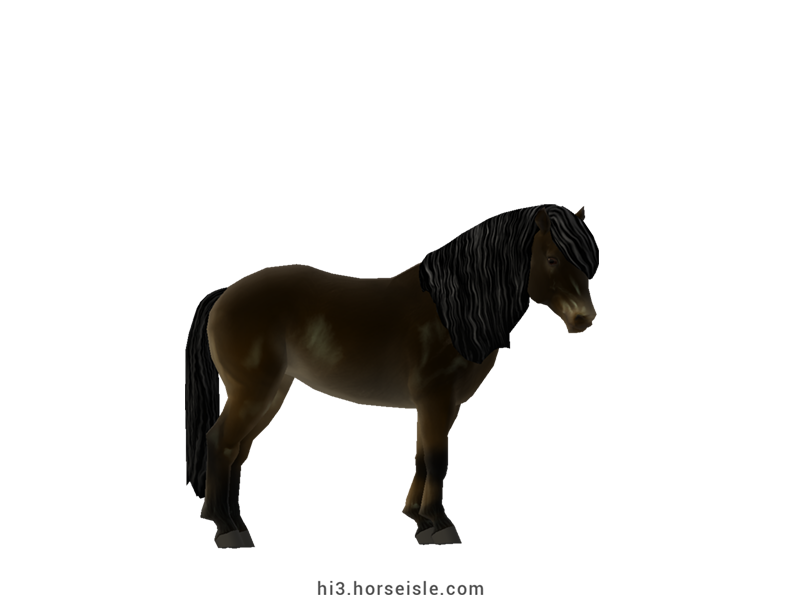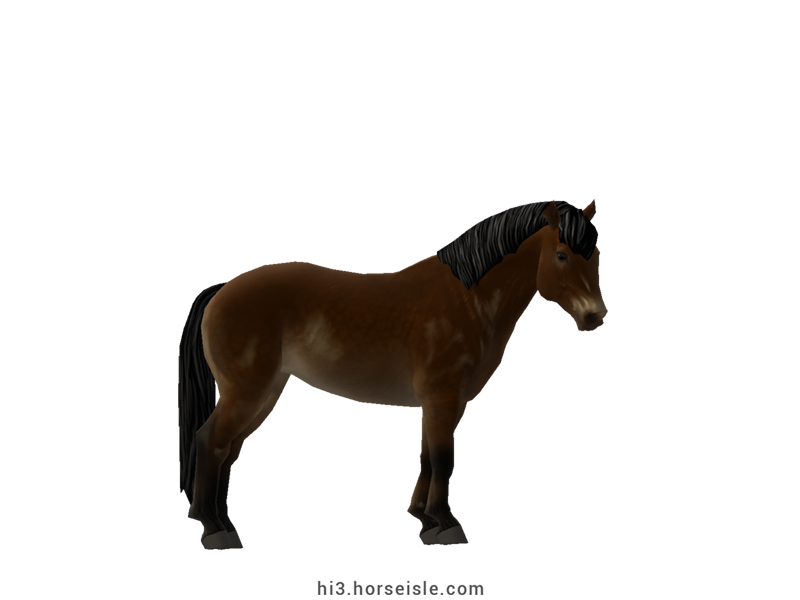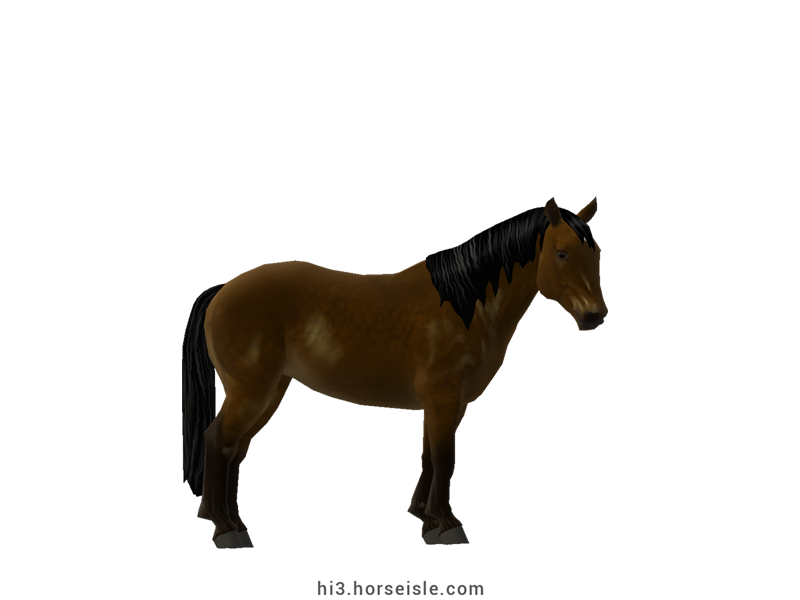Our Massive Real World Equine Reference!
[ INDEX ] Equine Type: Horse Breed: Barraquand [ PREV ] [ NEXT ]
The mountain horse from the Vercors:
The Vercors is a mountainous range in south-eastern France, and is the home of the Vercors Regional National Park. In the park, there's an abbey called Leoncel Abbey, and it is in some 18th-century writings from this abbey that the native horses of the Vercors are first mentioned.
There isn't much known about these horses, other than they were used as pack horses, and perhaps also for riding, well into the 19th century. Unfortunately, their small size prevented them from pulling the heavy machinery required for farming, and as the century progressed, breeders focused on breeding larger draft horses. The small horses of the Vercors were left on the sideline and their numbers gradually declined.
From a mountain horse to the Barraquand:
Their fate took a positive turn in 1894, when a fourteen-year-old boy named Jules Barraquand took a liking to the horses of the Vercors. With the help of his father, he obtained a handful of mares and stallions, and bred them to be of a uniform type: a hardy horse with a dark-bay coat, a full mane, a long tail, and above all, the surefootedness and hardiness required in a mountain horse.
Starting from 1908, Jules herded the horses over a bi-yearly 200km trail from their summer pastures to their winter pastures, and then from the winter pastures back to the summer pastures. The horses who traveled with the most ease were selected as breeding stock. Slowly but surely, Jule's program produced able horses. At the outbreak of 1914, he had almost two hundred horses.
Difficult years:
The herd survived both World Wars, although it almost got wiped out during the second one. Jule's son, Frederic, gathered the leftover horses and restarted the breeding program. During the 1950s, he had over 150 horses.
Alas, the low demand for non-sport breeds during the 1960s gave the final blow to Barraquand's horses in the form of heavy financial losses. In 1963, Frederic had to close the breeding program, and the horses were left to roam freely in the mountains.
Jean-Louis Barraquand to the rescue:
Thirty years later, Jule's grandson, Jean-Louis Barraquand, found some of the horses and reinitiated the breeding program. Gradually, more people took interest in this unique breed and took part in the program. In July 2017, the Barraquand was officially recognized by the French authorities as a unique breed.
The Barraquand today:
Today, the Barraquand is a rare breed that is found only in the Vercors where it roams all year round. Barraquand horses serve primarily for recreational riding and recreational driving.
Conformation:
The head is short but wide, with a straight profile and a squarish muzzle. The ears are short but wide and are set upright. The withers are slightly prominent, the back is short, and the croup is sloping. The legs are sturdy and with broad joints, and the hooves are small. Overall, the body is muscular and compact.
The mane and tail grow long, thick, and are often wavy. The forelock is often full. The legs have light-to-medium feathering along the back of the cannons and fetlocks.
Performance metrics:
The following are the: range, average, (SD), and MOE of performance metrics of ordered Barraquands in Horse Isle (not bred ones). In rare cases,
Speed: 13.3-14.9, 14.1 (0.4), 0.07.
Sprint: 32-45, 38 (3), 0.68.
Accel: 0.79-0.98, 0.89 (0.04), 0.01.
Decel: 0.93-1.06, 1.00 (0.03), 0.01.
Jump: 4.92-5.25, 5.06 (0.06), 0.01.
Pull: 2.29-2.99, 2.67 (0.14), 0.03.
Turning: 46.55-60.50, 52.94 (2.92), 0.57.
Reverse: 2.2-3.0, 2.6 (0.2), 0.03.
Stamina: 51.21-55.53, 53.73 (0.91), 0.18.
Reaction: 0.68-0.80, 0.75 (0.03), 0.00.
Coats & Height:
Colors& patterns: always dark bay (termed 'brown' in Horse Isle,) often sooty, sometimes also mealy. The coat is always solid and lacks white markings save for the occasional star.
Height: 14.1hh to 15.1hh.
[ INDEX ] [ PREV ] [ NEXT ]


